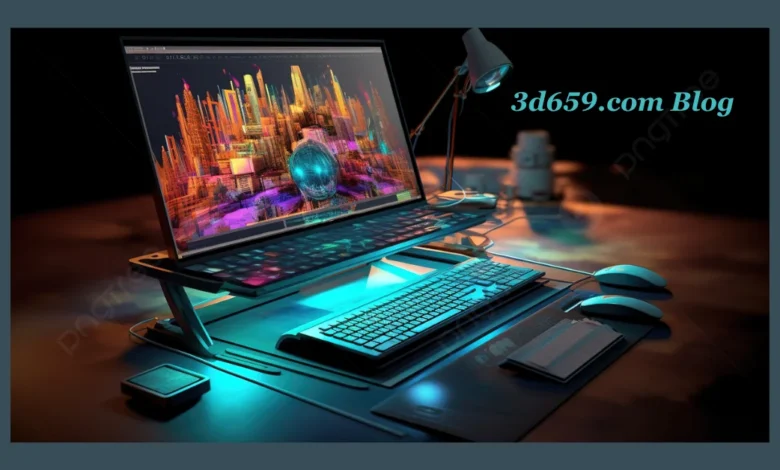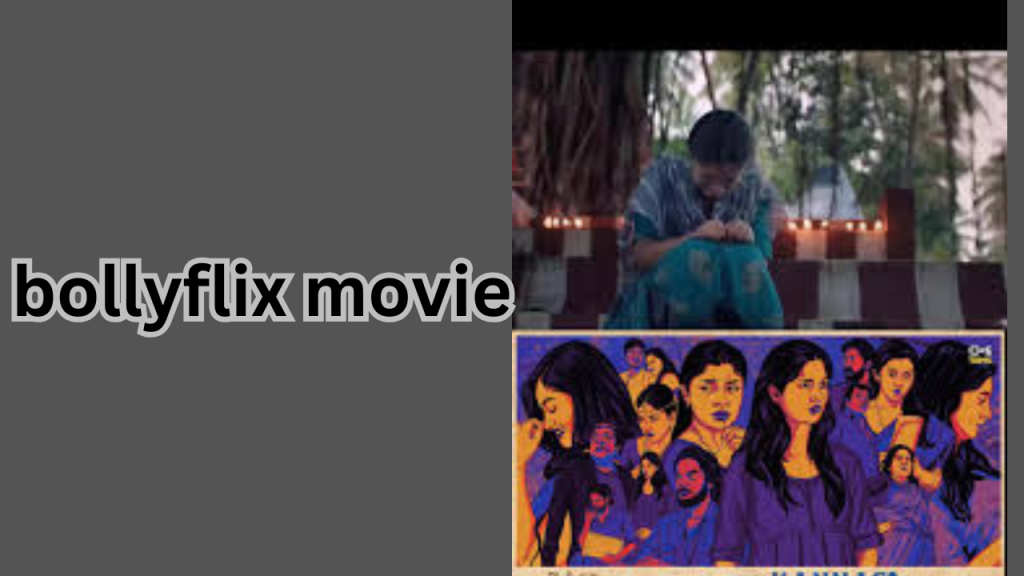
Introduction
For anyone who’s serious about 3D design, having the right software can make all the difference. Whether you’re an aspiring animator, a game developer, or a digital artist, choosing the right tools will shape how you work, what you can create, and how far you can take your skills. The 3d659.com blog dives into this realm to spotlight three of the most essential professional software options for 3D design: Blender, Maya, and ZBrush. Each offers unique features tailored to different aspects of 3D creation. In this guide, we’ll explore these powerhouse tools, breaking down why they’re worth considering and how they can elevate your design game. Let’s get right into it!
The Importance of Choosing the Right 3D Design Software
In the world of 3D design, software can be a game-changer. Think of it like choosing the right paintbrush for a masterpiece. It’s not just about what the software does but how it aligns with your workflow and creative style. Blender, Maya, and ZBrush are industry staples that provide professional-grade tools to bring imagination to life, whether through intricate models, animated characters, or photorealistic renderings. But which one should you choose? Let’s take a closer look.
Blender: The Powerhouse That’s Free for All
Blender is a favorite among independent artists, students, and professionals alike—and for good reason. It’s open-source and packed with robust features that rival some of the most expensive 3D software on the market. Blender is known for its versatility, offering tools for modeling, sculpting, animation, rendering, and even video editing.
- Why It’s a Top Pick: Blender is free, yet extremely powerful. Its frequent updates and dedicated community make it a constantly evolving tool.
- Best For: 3D modeling, animation, rendering, and simulation projects.
- Standout Features: With Cycles (a production-ready rendering engine), Grease Pencil (for 2D animation), and a powerful sculpting toolkit, Blender is a jack-of-all-trades in the 3D design world.
Pro Tip: If you’re just starting, the Blender community is rich with tutorials and resources. The 3d659.com blog suggests exploring free tutorials and forums for invaluable learning resources. You’ll find a lot of experienced users ready to share insights, making the learning curve much more approachable.
Engagement Tip: Imagine building a full-blown fantasy city or animating a character without spending a dime on software! Blender’s versatility and cost-effectiveness make it a perfect pick for budget-conscious creators who don’t want to skimp on quality.
Maya: Industry-Standard Tool for Animation and Rigging
Maya, developed by Autodesk, is the heavyweight champion when it comes to professional animation and rigging. Known for being used in blockbuster movies, TV series, and AAA games, Maya has set the bar high in the animation industry. While it comes with a hefty price tag, Maya’s feature-rich environment is worth the investment if you’re aiming for a career in animation or visual effects.
- Why It’s a Top Pick: It’s the go-to tool for professional animation studios, and its extensive features for animation and rigging make it the gold standard.
- Best For: Character animation, rigging, visual effects, and high-end 3D modeling.
- Standout Features: Maya shines in character animation, with tools that streamline the rigging process. Its dynamics and effects (like fluids, cloth, and particles) are advanced, allowing for realistic simulations.
Pro Tip: The 3d659.com blog recommends mastering Maya’s interface if you’re serious about a career in animation. The software is complex, but Autodesk offers student licenses and extensive online resources to help you build proficiency.
Engagement Tip: Think of Maya as a fully equipped animation studio in a single package. The software doesn’t come cheap, but neither does quality production. With Maya, you’re stepping into the same arena as the top Hollywood studios!
ZBrush: The Sculptor’s Dream for High-Detail Models
If you’re drawn to the art of sculpting and detailing, ZBrush by Pixologic might be your software soulmate. ZBrush specializes in high-resolution digital sculpting, making it ideal for creating lifelike characters, intricate textures, and organic forms. It’s widely used in video game design, film, and illustration for adding detail that’s nearly impossible to achieve with traditional 3D modeling.
- Why It’s a Top Pick: ZBrush’s powerful sculpting tools allow for hyper-realistic detailing, perfect for creating characters with intricate features.
- Best For: Sculpting, character design, and high-resolution texturing.
- Standout Features: ZBrush’s Dynamesh and ZRemesher allow for flexible mesh creation, while its Polypaint feature enables artists to paint directly onto models without UV mapping.
Pro Tip: ZBrush can be intimidating, but the 3d659.com blog suggests starting with simple sculptures to familiarize yourself with its toolset. The software also offers an array of brushes, so take time to experiment with each for different effects.
Engagement Tip: ZBrush is like digital clay—it’s as close as you’ll get to traditional sculpting on a screen. If you’re aiming to add jaw-dropping detail, this software is your best friend.
Comparing the Software: Blender, Maya, and ZBrush
Each of these programs excels in specific areas, but the choice often depends on your goals. Here’s a quick comparison to make things easier:
| Software | Best For | Main Features | Pricing |
|---|---|---|---|
| Blender | All-around 3D design | Modeling, animation, sculpting, 2D animation | Free |
| Maya | Animation & Rigging | Professional animation and rigging tools | Subscription-based, free for students |
| ZBrush | High-detail sculpting | Advanced sculpting and texturing | One-time purchase & subscription |
3d659.com blog recommends starting with Blender if you’re new to 3D. Once you have a solid foundation, exploring Maya or ZBrush can take your skills further if you want to specialize.
Tips for Choosing the Right Software
- Define Your Goals: Think about what you want to create—characters, environments, animations, or detailed sculpts. This helps narrow down your options.
- Start with Blender if Budget is a Concern: Blender provides a broad toolset without financial commitment.
- Consider Your Career Path: Maya is excellent if you’re targeting jobs in animation, while ZBrush is perfect for character artists aiming for gaming or film.
- Check for Student or Trial Versions: Maya and ZBrush offer student licenses or trial periods, so take advantage of these if you want to explore before committing.
Getting Started with Each Software
The first steps with any of these programs can feel like drinking from a firehose! Here are some initial tips to get comfortable:
- Blender: Start with basic modeling tutorials. The Blender community is incredibly supportive, so look for beginner tutorials and forum threads.
- Maya: Focus on learning the basics of the interface and animation tools. Autodesk’s student version is free for three years, a perfect perk for students and newcomers.
- ZBrush: Begin by practicing with digital sculpting projects. Pixologic’s website offers tutorials that help break down the basics.
The 3d659.com blog also provides curated tutorials and beginner guides for each software, so don’t hesitate to check out their recommendations!
Conclusion: The Right Tool for Every Creator
Choosing the right 3D design software is crucial, and Blender, Maya, and ZBrush each bring unique strengths to the table. Blender is the ultimate jack-of-all-trades, offering extensive features at no cost, while Maya leads the pack in animation and rigging, perfect for professionals aiming at top-tier studios. ZBrush, on the other hand, is a sculptor’s paradise, delivering unparalleled detailing capabilities that elevate any character or creature design. Whichever you choose, these powerful tools from the 3d659.com blog guide you toward a creative journey full of possibilities. So grab your virtual toolkit, dive in, and start creating!
FAQs
Is Blender really professional-grade if it’s free?
Absolutely! Blender is open-source but has features comparable to many paid software options. Many professionals use it, and its capabilities make it a fantastic option for both beginners and pros.
Why would I choose Maya if Blender is free?
Maya is the industry standard for animation and rigging, especially in studios. Its advanced animation tools make it ideal for users targeting jobs in animation or VFX.
Is ZBrush necessary if I can sculpt in Blender?
While Blender has solid sculpting tools, ZBrush specializes in high-detail sculpting. It’s worth the investment if you want to create intricate textures and details, particularly for character design.
Can I learn all three programs, or should I focus on one?
You can learn all three, but it’s best to start with one—often Blender, as it’s versatile and free. Once you’re comfortable, you can explore Maya or ZBrush to specialize.
Are there free resources to learn these software tools?
Yes! Blender has an extensive free resource community. For Maya and ZBrush, many tutorials are available on YouTube, and their official websites offer trial versions and learning resources.



